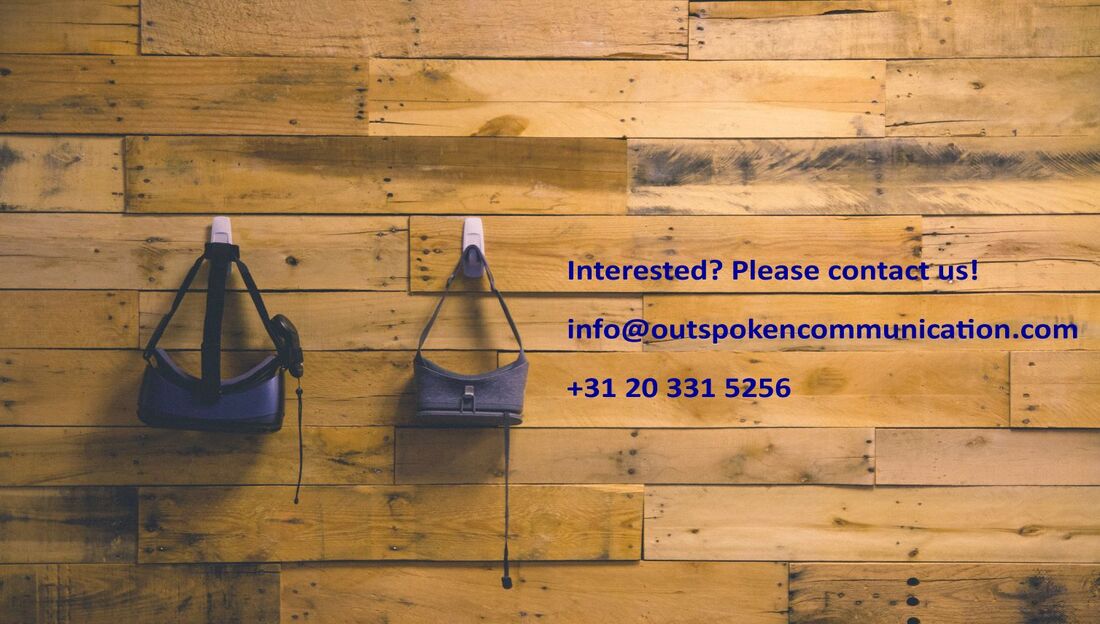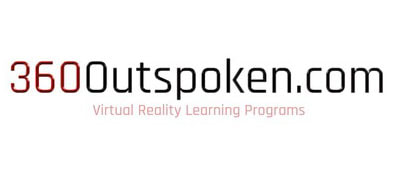One week a visit to the Northern Lights, the next week you go on a safari trip. After that a city tour in New York or with Rembrandt himself to the Night Watch. With Virtual Reality, the teaching material comes to life. Pupils and students immerse themselves in the teaching material and interact with contemporary topics. In their own logbook they keep track of the knowledge and experiences they have gained. They are also encouraged to share and discuss their own creative ideas, reflections and solutions with their classmates.
The workforce is rapidly changing
|
Technology has evolved significantly in the last two decades, and it had a direct impact on the types of skills organizations across industries are looking for in job candidates. It’s no surprise that this is affecting the way our schools approach teaching.
The purpose of education has always been to help prepare students to become active members in society who make positive contributions to their surrounding communities. While this remains true, leading researchers and national organizations have begun to explore necessary changes. Our education system was built for an economy and a society that no longer exist. |
To continually guide your students toward success in tomorrow’s workforce, it’s crucial to emphasize 21st century learning. 21st century learning focuses on enabling students to succeed in the workforce as it evolves to both create and eliminate jobs. While core academic subjects remain important, life skills, global awareness and economic and civil literacy are finding their place in today’s curricula. Technological literacy is also essential. Today’s workforce is seeing a rapid decline in “routine” work. Instead, roles that involve analytical and interactive communication skills are rapidly increasing.
|
Backed by research
Harvard researchers Fernando Reimers and Connie K. Chung suggest that education should include a nuanced understanding of numerous global competencies. In addition to rounding out young learners’ knowledge of world cultures and international communication, schools must also teach them the skills to use what they learn as active and engaged citizens.
360forkids; blended learning with Virtual Reality
360forkids has launched innovative VR teaching programs for primary schools (advanced stage) and secondary schools (age 12-15). With the help of Virtual Reality and gamification, they get to work on important contemporary issues such as global citizenship. Internationalisation & foreign languages, and environmental awareness.
By implementing VR technology in the educational offering, the step is made from visual and auditory to 'real life' experience. As a result, students become part of their learning environment and feel more involved with the subject matter. In addition, they learn the competencies they need to successfully participate in the society of the future.
By implementing VR technology in the educational offering, the step is made from visual and auditory to 'real life' experience. As a result, students become part of their learning environment and feel more involved with the subject matter. In addition, they learn the competencies they need to successfully participate in the society of the future.
|
The VR programs are easy to use. They blend into existing curricula, hence they require no additional time from teachers to work with the tooling. The VR headsets are set up in advance and ready for immediate action in the classroom. It only takes 5 steps for teachers to start with VR learning.
|
|
Join thousands of other kids and experience VR learning to develop 21st century skills. Be prepared for the future!










